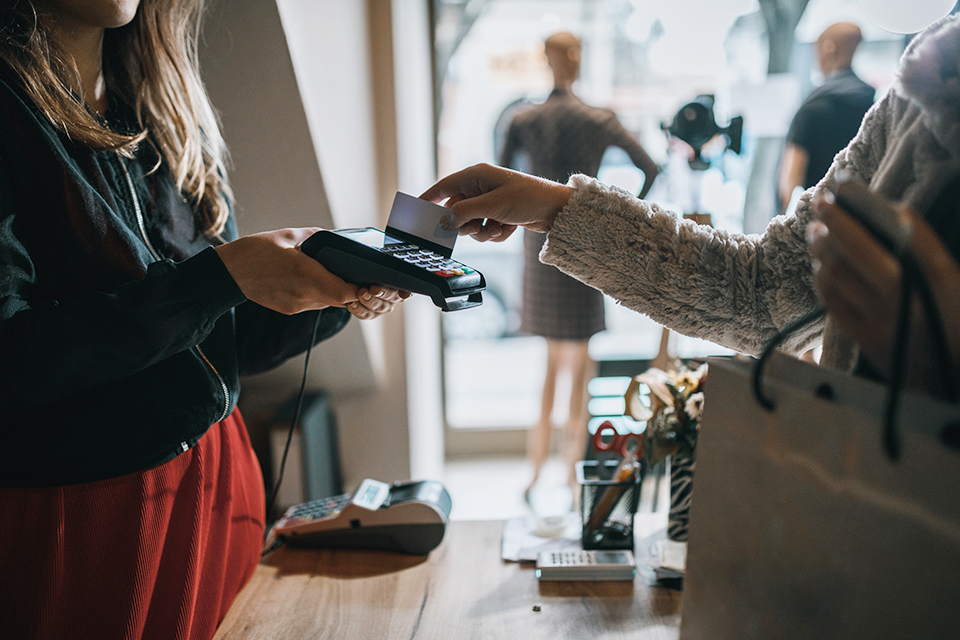.png)
Incorporating Near Field Communication (NFC) technology facilitates seamless transactions, providing convenience and time-saving advantages for both merchants and customers alike. Introducing NFC-enabled card readers can enhance sales opportunities in bustling environments where rapid transactions are essential. Contactless payment not only simplifies the process but also guarantees security by transmitting no personal or detailed card data. Businesses serving high customer volumes, such as kiosks, petrol stations, cinemas, as well as bakeries, fast-food outlets, and food trucks, can reap substantial benefits from the efficiency of swift payment options.
The benefits are clear: contactless payment is fast, secure, and convenient.
"Wait, I have it right here...!" - and the search for change in the wallet begins - much to the frustration of the customers waiting in line. This scenario, especially for small amounts up to 25 euros, will soon be a thing of the past. Modern payment should be fast and convenient. With NFC technology, this is possible without the customer having to hand over their card or NFC-enabled smartphone.
More convenience, no added risk - that's how NFC payment works.
Near Field Communication (NFC) involves communication between two components in close proximity: an NFC chip on the card or smartphone and the NFC reader on the payment terminal. Technically, NFC refers to an encrypted radio standard for data transmission - the basis of contactless payment. All current Concardis card readers are equipped with contactless readers and ready for NFC payment. An NFC chip integrated into the debit or credit card transmits the necessary payment data to the card terminal over a distance of up to 4 cm. Read errors, as commonly experienced with the magnetic stripes of payment cards, are rare in contactless payments. The NFC chip is less susceptible to interference.
When your customer wants to pay with their smartwatch or smartphone, they are actually paying with a digital wallet set up on the device. This digital wallet (e.g., Apple Pay or Google Pay) securely stores the card details. During a mobile payment transaction, payment data is transmitted in the form of a token, which is an encrypted numerical combination. This token is generated by the card issuer and is unique to that specific smart device. Amounts up to 25 euros are processed conveniently in seconds without requiring a PIN or signature. Payments higher than 25 euros can still be processed with a signature and PIN at the card terminal.
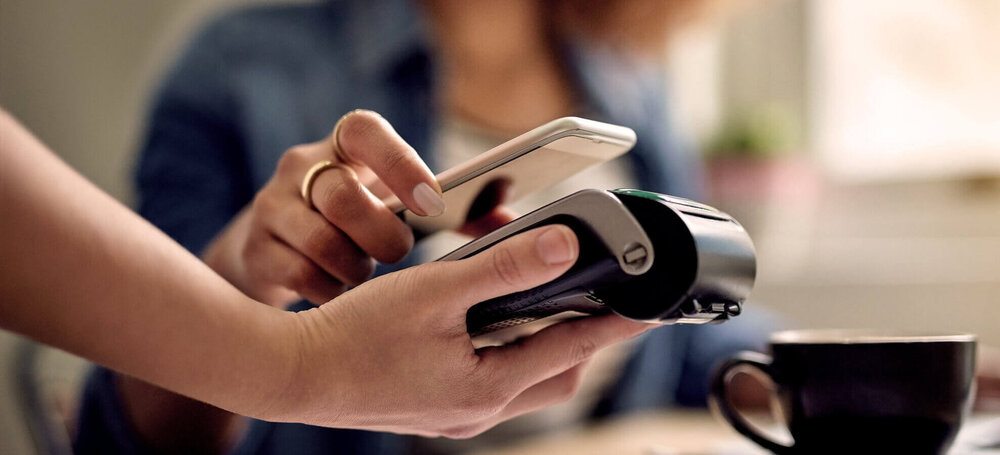
All you need to accept contactless payments is an NFC-enabled terminal and a payment contract with Nexi.
Here's how it works for purchase amounts up to 25 euros:
- Capture the purchase amount up to 25 euros at the terminal
- Hold the contactless card or smartphone within 4 cm of the card reader
- A signal sounds, and the screen confirms: the payment is complete!
Your customers can pay without having to hand over their card or smartphone.
Paying with the Next Generation - Contactless with NFC Technology
You can recognize cards and card readers with contactless functionality by the contactless symbol. Older cards may still display previous brand names such as Paypass from Mastercard and paywave from Visa.
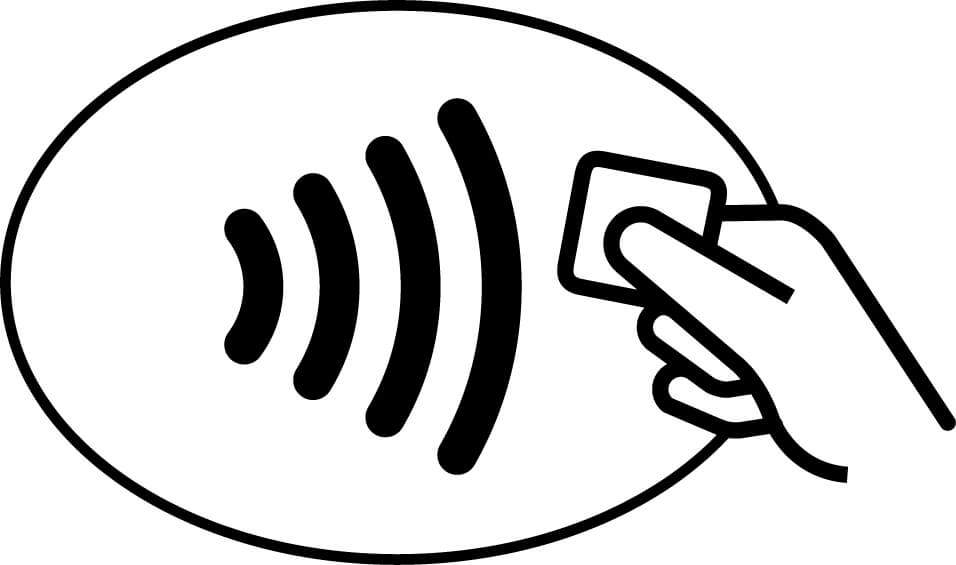
Paying with Google Pay and Apple Pay
Customers can pay contactless via smartphone if they have set up a compatible wallet solution on their device.
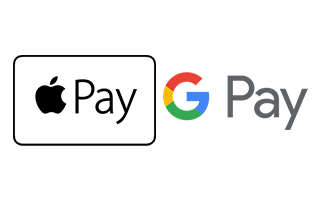
How secure is contactless payment?
What about security when paying contactless with a card or using a smartphone or smartwatch? Are there risks of fraud, and what safeguards exist? The answer is straightforward: generally, non-cash payments are safer than cash, which is irretrievably lost if misplaced. In liability matters, there is no distinction between conventional card payments and contactless or mobile payments. Contactless payments undergo the same authorization process as any other card transaction, with payment terminals neither receiving nor storing actual card data. In case of payment malfunctions, cards can be read using traditional methods (magnetic stripe or chip). To enhance security and protect against misuse, an additional mechanism prompts for PIN entry or signature periodically, even for contactless transactions.
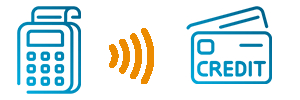
What data is transmitted for contactless payment by card?
On an NFC chip, neither personal data such as the cardholder's name nor the card's three-digit security code is stored. For cardholders, the security risk of using an NFC chip is manageable. Contactless payment requires immediate proximity to a compatible card reader. Only merchants registered with a payment provider can accept payments with a card terminal. Terminals and cards with NFC technology adhere to the same security standards as chip technology. Concardis ensures maximum security in this regard. During transactions, all data is transmitted encrypted, without details of purchased products or the cardholder's personal data. The transmission only occurs when the card is held within 4 centimetres of the reader, making accidental payments virtually impossible.
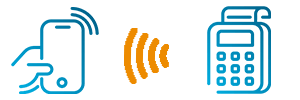
Contactless data transmission for mobile payment
Your customers can pay with an NFC-enabled smartwatch just as they would with a smartphone. All they need to do is set up a wallet solution, such as Apple Pay or Google Pay. Ultimately, mobile payment is still a card transaction.
The security for your customers is even higher because either the device's screen must be on or the payment function is only activated after fingerprint or PIN entry. The so-called token (an encrypted number combination) replaces the actual card data. Payment data is transmitted in the token, which does not allow any conclusions to be drawn about the person or purchased goods. The token is worthless for fraudulent attempts because it is only valid once, tied to the specific smartphone, and not linked to an account. Payment service providers receive and transmit only transaction data. Neither the customer's name nor cardholder information nor details about the purchase are transmitted when paying with smart devices. The merchant's bank sends data to the respective payment network (e.g., Mastercard), which the token translates into the actual card number for the customer's bank. The real payment data is only visible to the payment network and the customer's own bank, but not to the terminal service provider or the merchant. Mobile payment has nothing to do with network reception or the mobile cellular network and occurs independently of an internet connection.
Benefits of Contactless Payment
Merchants Save Time and Increase Sales Opportunities
- Fast: Contactless payments are faster than cash transactions.
- Profitable: Merchants often achieve higher sales when their customers can pay contactless without long waiting times.
- Security: Having less cash in your business generally reduces the risk of theft. Contactless payments are at least as secure as traditional card payments.
- Accepted worldwide: In the USA and Canada, as well as in many European countries like the UK, Sweden, or Denmark, contactless payment has become part of everyday life. Worldwide, there are over 100 million cards on the market equipped with NFC technology.
Your customers pay quickly, safely, and easily
- Fast payment: Transactions up to 25 euros can be processed without a signature or PIN entry.
- Convenient cash alternative: Paying without the hassle of loose change.
- Secure shopping: The card remains in the cardholder's hand throughout the entire payment process.
- Convenient dual function: The contactless function is integrated as an additional feature on the card - thanks to the magnetic stripe and chip, the card can also be used conventionally.

